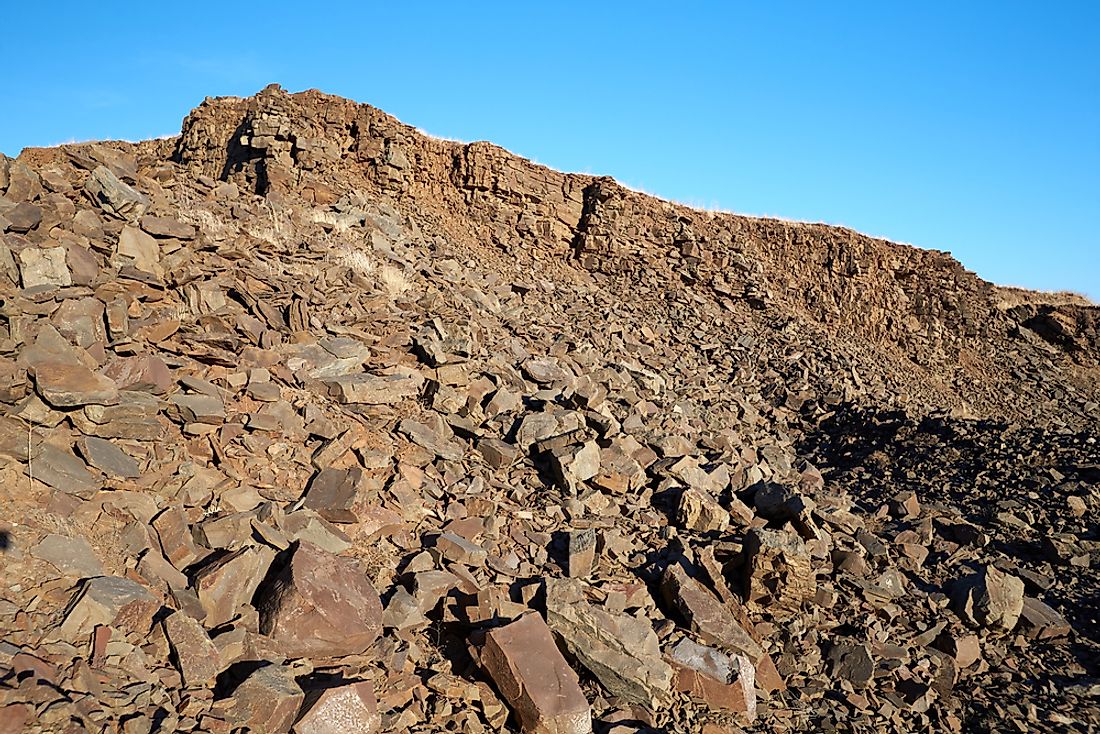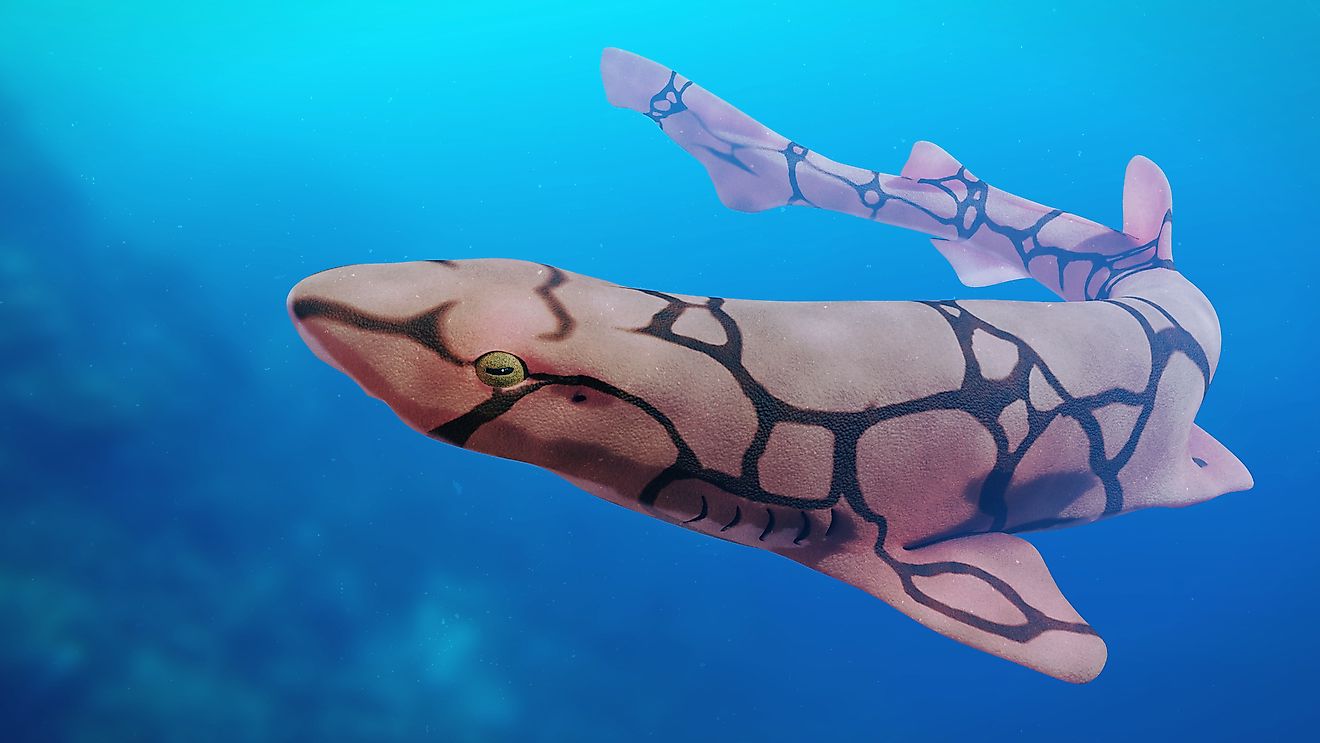What is the Mohorovicic Discontinuity?

What is the Mohorovicic Discontinuity?
The Mohorovicic discontinuity (the Moho) is the boundary lying between the crust and the mantle of the earth across which seismic waves change velocities. This boundary is located approximately 24 miles below the earth’s surface and 6 miles below the oceanic floor, a distance which varies from place to place. The discontinuity was named after Croatian seismologist and geophysicist Andrija Mohorovicic who pioneered its discovery in 1909 and explained the behavior and origin of earthquakes. The term discontinuity is used by geologists to refer to the surface whereby seismic forces change speed. At the Moho, seismic waves accelerate.
Discovery
After years of observation, Andrija Mohorovicic discovered that the speed of seismic waves is directly dependent on the density of the material the waves are moving through. He explained that the denser the earth's composition and structure is, the faster the velocity of the waves. He called the lower density compositions as the “Earth’s Crust” and the higher density composition as the “Earth’s Mantle.” Observations proved that seismogram readings from shallow earth tremors had dual sets of P-waves and S-waves, one in a direct path close to the surface of the earth and the other was deflected by a high-velocity medium that was then unknown. Mohorovicic’s research revealed that basaltic oceanic crust and the granite continental crust lay beneath materials with a density close to that of the peridotite rock. The thickest areas of the earth lie beneath mountain ranges while the thinnest parts lie beneath deepest ocean floors.
Exploration
Reaching the Moho is an important and strategic objective to scientists and explorers. There has not been any successful drilling exploration of the Mohorovicic through the oceanic or continental crusts to scientifically study its composition and features. In few places on Earth, crust and mantle boundary rocks and materials have been exposed to the surface through tectonic forces though some are millions of years old. Different strategies have been considered to help reach the discontinuity. One such strategy fronts rock-melting radionuclide powered capsule with heavy tungsten spike that is self-propelled downwards to the Moho to explore and collect materials. In the 1950s, US National Science Foundation made an unsuccessful attempt to reach the Moho discontinuity through the ocean floor in a project named “Project Mohole.” The former USSR scientists at Kola Institute also made an attempt to drill the world’s deepest hole but abandoned the project at slightly below 40,000 feet in 1989. The Japanese Government is testing the Chikyu Hakken (Earth Discovery) drilling ship that should make a stab at the elusive goal of reaching the Moho. A similar project is underway in Sri Lanka.
Features of the Moho
The Mohorovicic discontinuity layer marks the end of the earth’s crust and is estimated to be between 1 to 4 miles thick depending on the oceanic or continental crusts. It lies below the basalt rock system and above the dunites rock systems. Across the Moho discontinuity, seismic waves change their velocity abruptly from between 4 miles per second to 4.5 miles per second in the lower part of the crust to between 4.8 miles to 5.4 miles per second in the upper part of the mantle. This increase in velocity with depth is known as the Mohorovicic Law. Temperatures increase as one goes deeper into the mantle from the crust.
Inference
The Mohorovicic discovery explains that the earth is heterogeneous in that there has to be a boundary at a given depth which separates matter of different densities, pressure, temperature and elastic properties. Between these boundaries, waves circulate with different velocities. The Moho majorly lies within the earth’s lithosphere and in some places within the asthenosphere boundary.











